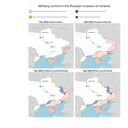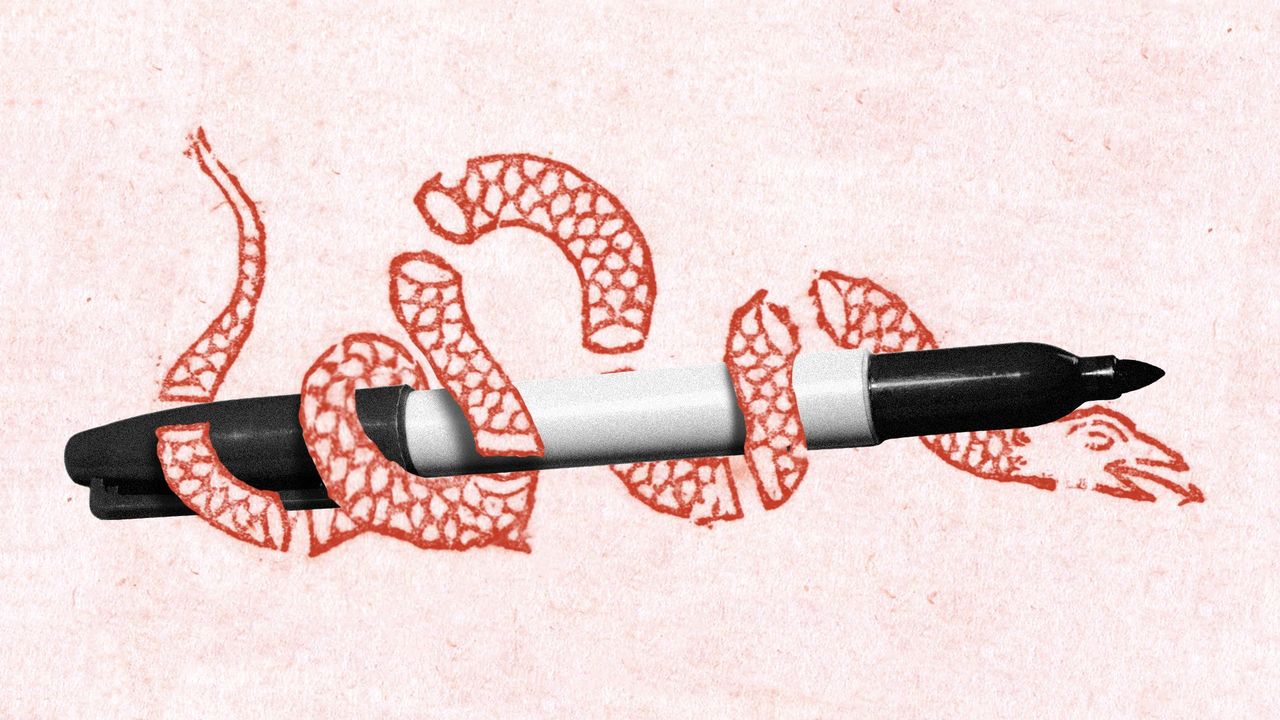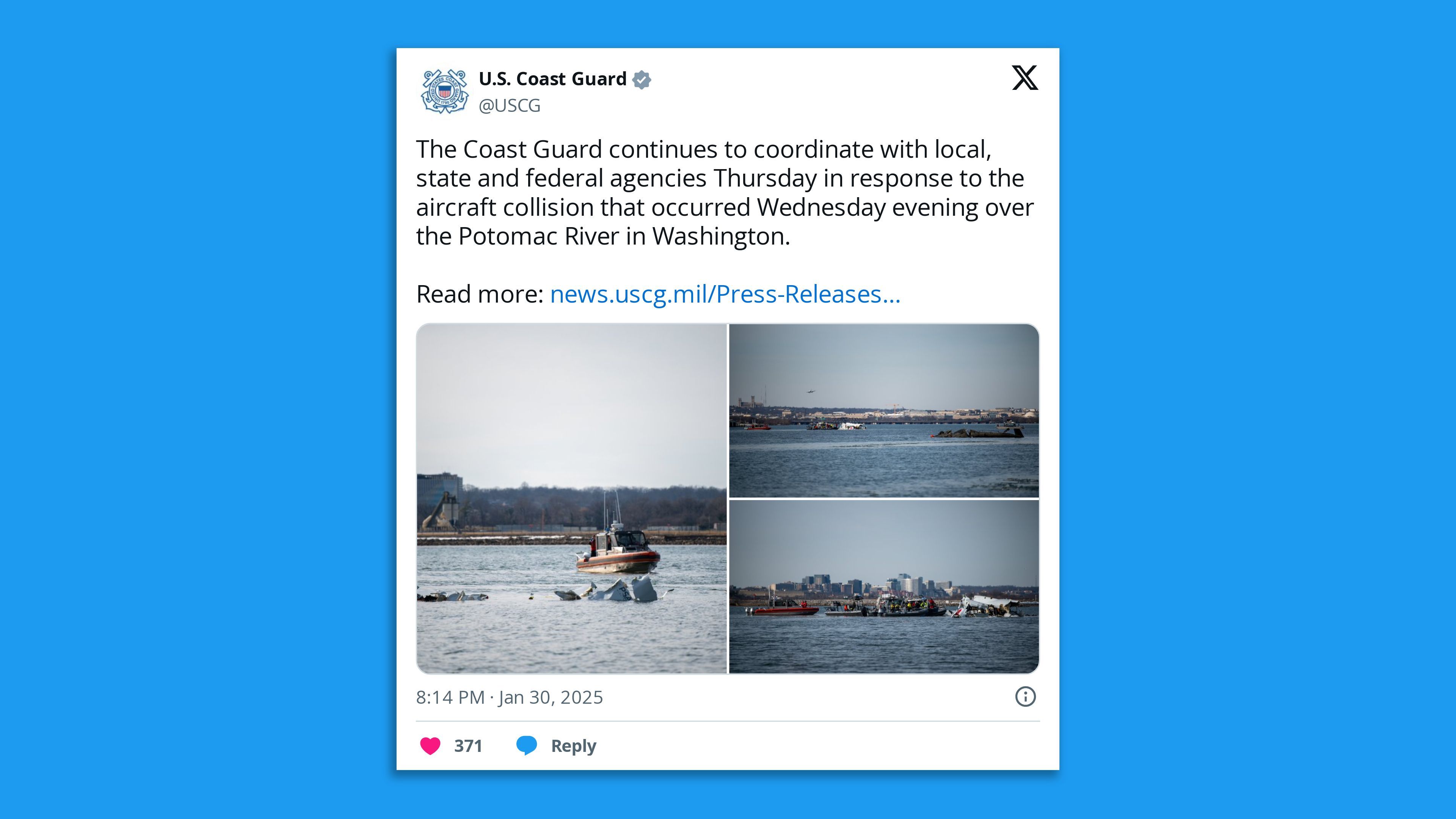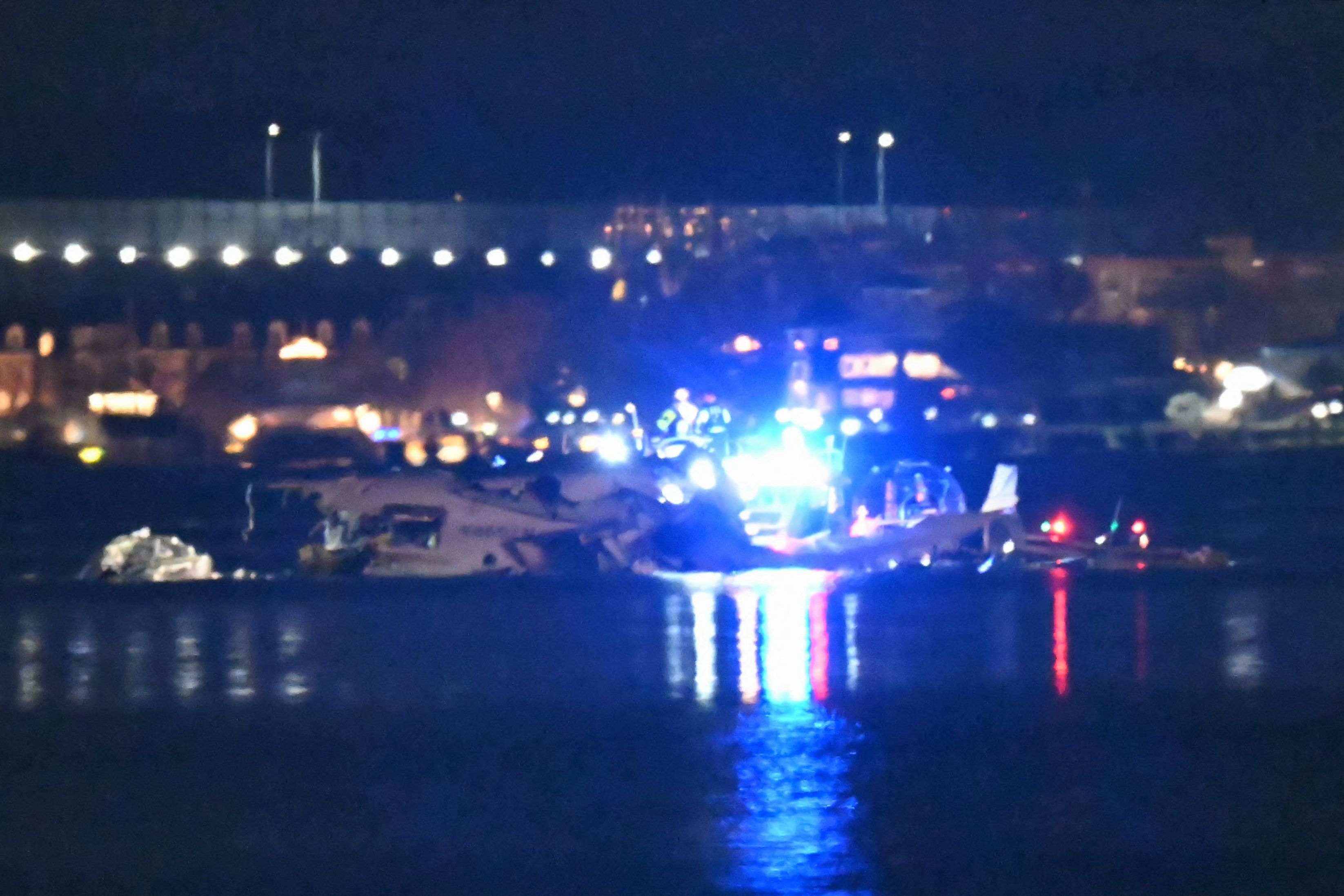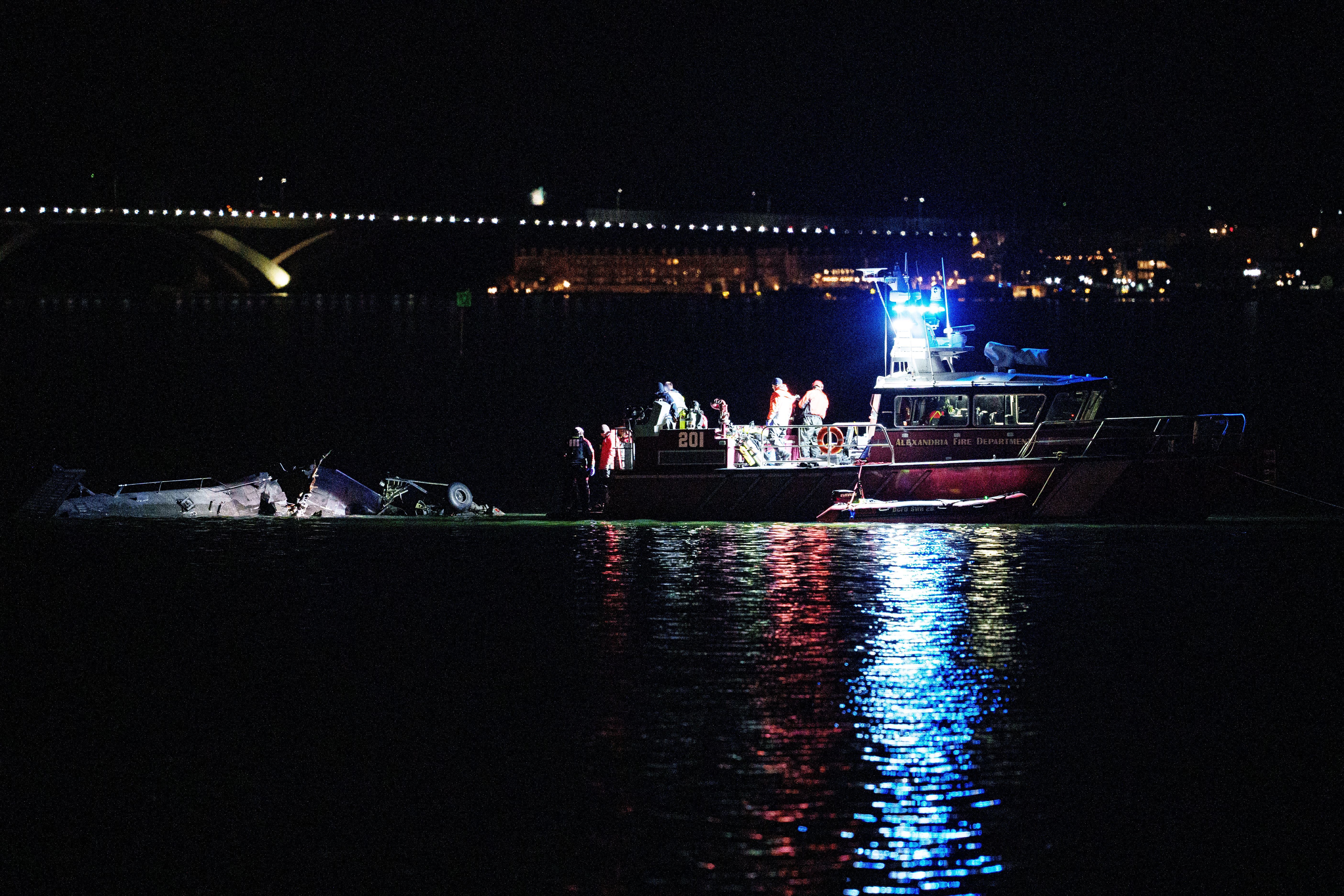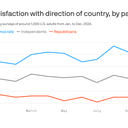Mapped: Control in Ukraine three years on from Russia's invasion
Three years into Russia's full-scale invasion of Ukraine, Russia is making only small-scale advances on the battlefield but has the upper hand both militarily and diplomatically.
The big picture: Russia has superior manpower and firepower, particularly with U.S. military support in question. President Trump has further tightened the vise with his initial approach to peace talks.
- Trump ruled out NATO membership or a U.S.-led peacekeeping mission for Ukraine, falsely claimed Ukrainian "dictator" Volodymyr Zelensky started the war, and excluded Ukraine from a first round of peace talks with the Russians.
- Trump has claimed Russia's Vladimir Putin could take "the whole country" on the battlefield if he wished — though Putin only managed to take around 1% of Ukraine's territory in 2024.
- The battle lines haven't shifted all that much since 2022 despite heavy casualties on both sides, with Russia occupying around one-fifth of the country altogether.
How control of Ukrainian territory has shifted
Flashback: Russia began a three-front lightening offensive on Feb. 24, 2022 but failed in its primary objective of taking Kyiv and was also rebuffed in the south and east (see second map).
- Zelensky became an international icon by remaining in Kyiv and rallying the nation. As Russian forces pulled back, horrific war crimes were uncovered in places like Bucha.
- Ukraine liberated vast swathes of the Kharkiv, Kherson and Mykolaiv regions in a fall, 2022 counteroffensive (third map).
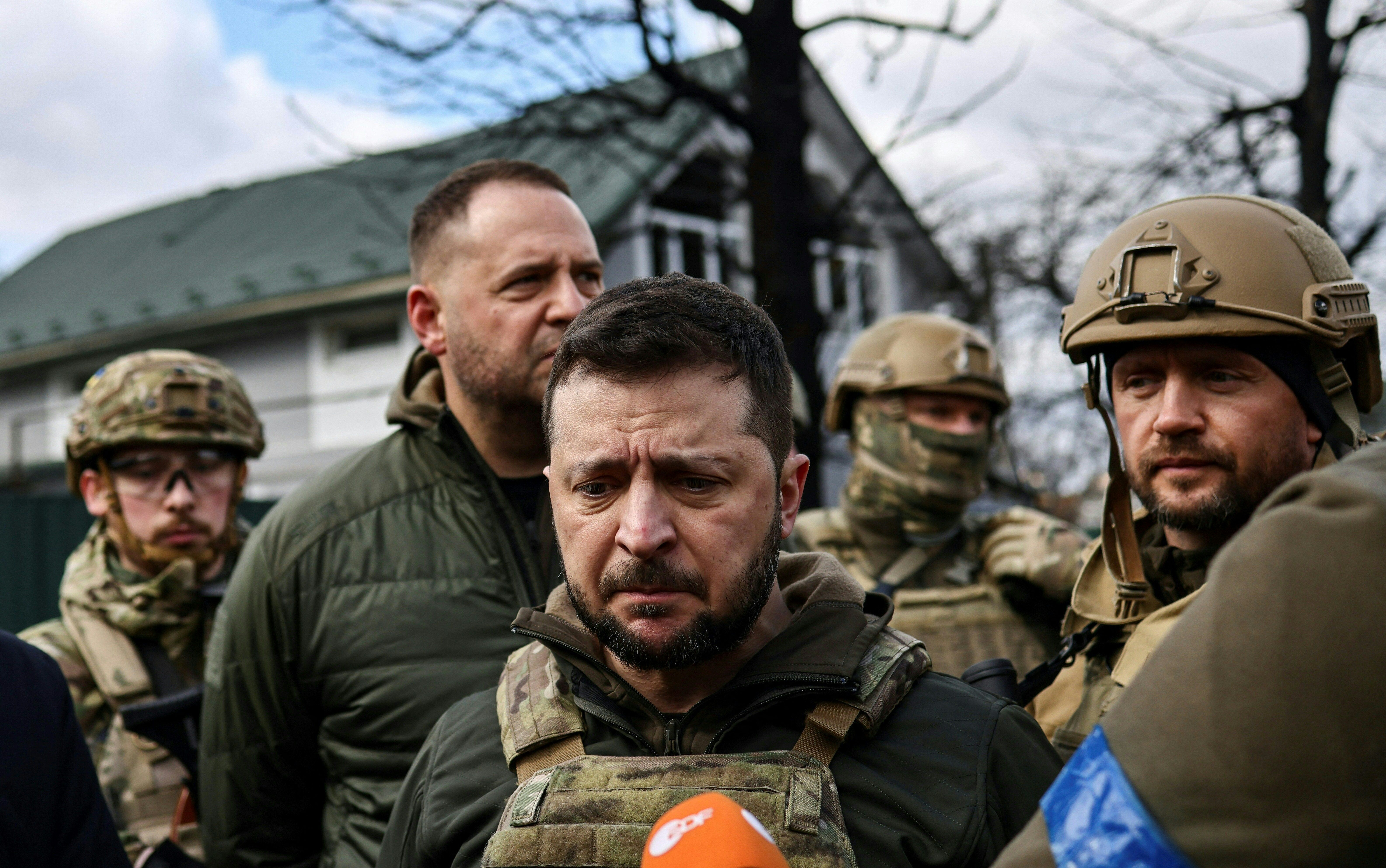
Turning point: Ukraine's much-heralded 2023 counteroffensive failed. A war of attrition set in, with both sides taking heavy losses and Russia making small-scale advances.
- While it has primarily been Russia on the offensive since then, Ukraine launched a cross-border incursion last August and occupied parts of the Kursk and Belgorod regions.
- Russia has reclaimed much of that territory and is making slow advances in multiple zones of eastern Ukraine (fourth map).
Driving the news: Russia is also continuing its attacks on civilian infrastructure, and launched its largest drone attack of the war on Saturday.
By the numbers: Troop and civilian casualties
Ukrainian troop casualties: Zelensky said recently that more than 46,000 Ukrainian soldiers had been killed and over 390,000 wounded. Other estimates are considerably higher.
Russian troop casualties: Russia has not released casualty numbers for its troops since 2022. Estimates vary widely, but most put Russia's losses somewhat higher than Ukraine's.
- A Mediazona-BBC News project to track Russian troop fatalities has recorded 93,641 deaths.
- The Ukrainian military claimed on Thursday that Russia had suffered more than 800,000 "battlefield losses," presumably including those captured or severely wounded.
- Kyiv also claims around 3,000 North Korean troops fighting in Ukraine have been killed.
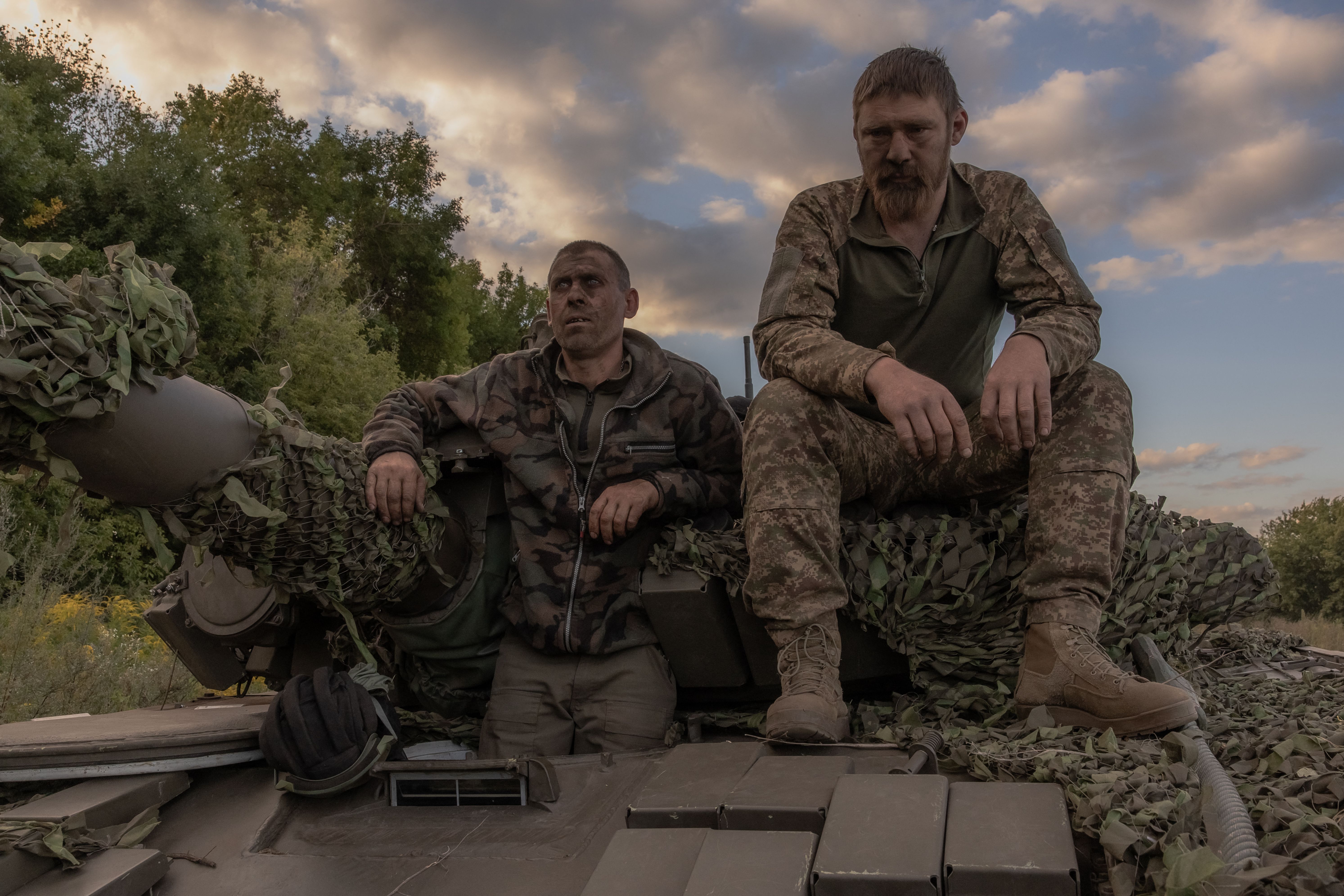
Civilian casualties: The UN reported over 12,340 civilian deaths in Ukraine as of late 2024, and noted the true total was likely "much, much higher."
- Tens of thousands of civilians likely died in the 2022 siege of Mariupol alone, AFP notes.
- Around 63,000 Ukrainians have been reported missing, according to a government database.
The scale of destruction in Ukraine
The Kyiv School of Economics puts the destruction Russia has inflicted on Ukraine at $155 billion, by replacement cost.
- The majority of those losses are to housing and infrastructure. Russia has targeted Ukraine's energy infrastructure in particular, causing rolling blackouts in Kyiv and other cities around the country.
- An NYT analysis last year found 210,000 buildings leveled across Ukraine. That includes hundreds of schools, hospitals and government buildings.
- Some towns in eastern Ukraine have been entirely destroyed and emptied of civilians. Conditions for the civilians remaining in areas occupied by Russia are often dreadful.

What to watch: Prospects for peace
For a peace deal to be possible, Putin and Zelensky would both have to soften their irreconcilable positions.
Putin claimed four Ukrainian regions as part of Russia in 2022, despite the fact that significant portions of those areas remain in Ukrainian hands. He has said they must remain part of Russia.
- He has also demanded that Ukraine "demilitarize" and abandon its goal of NATO membership.
Zelensky continues to lobby for admission to NATO, despite Trump's position that it's "impractical."
- He had long insisted Ukraine's full territorial integrity must be restored, but has more recently acknowledged that's unlikely in the near term.
- He is unwilling to countenance "demilitarization" and insists on robust security guarantees for Ukraine as part of any deal, to prevent Russia from resuming its invasion when the time is ripe.
While the Trump administration has said U.S. troops will not take part, Trump told Zelensky a European peacekeeping force could make sense, Axios' Barak Ravid reports.
- Zelensky also told Trump that Putin is only pretending to want peace.
